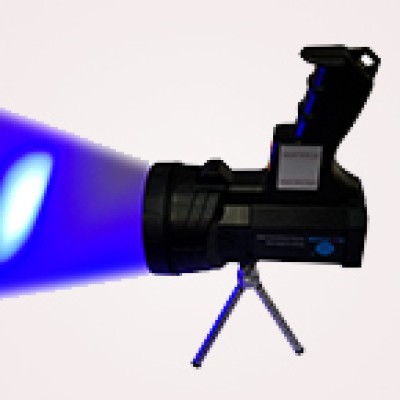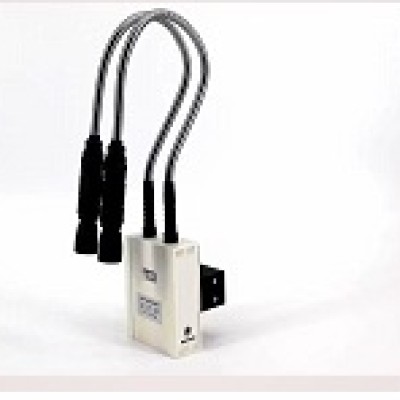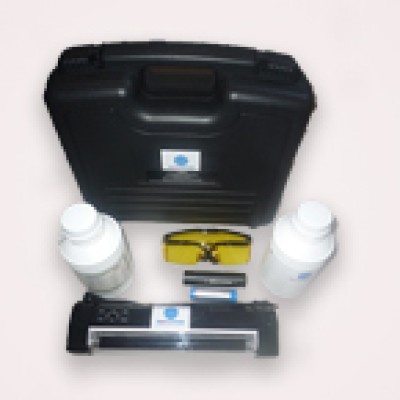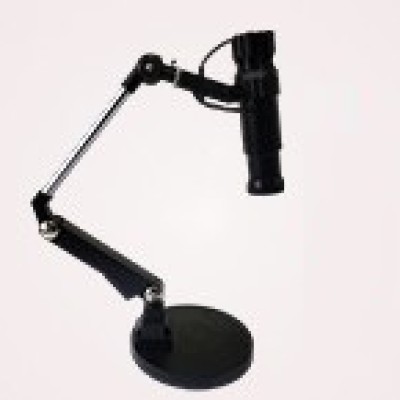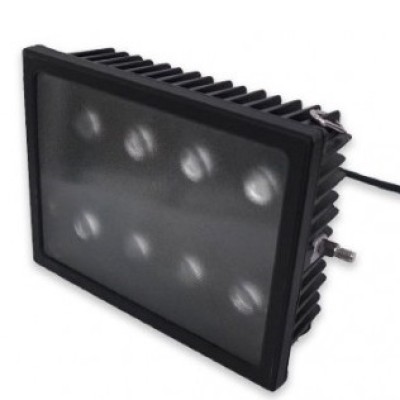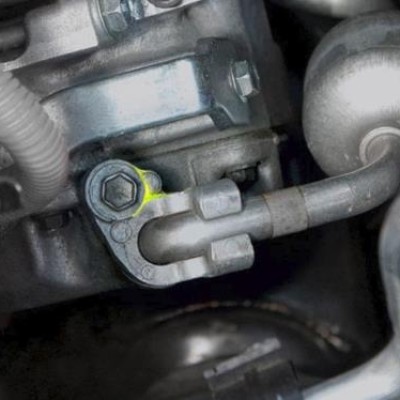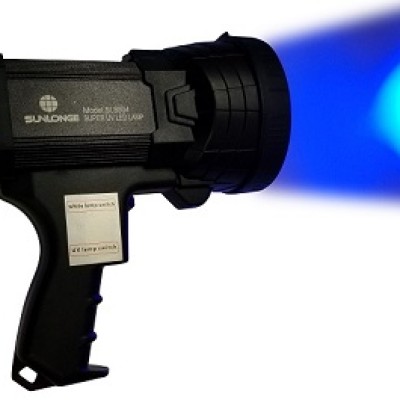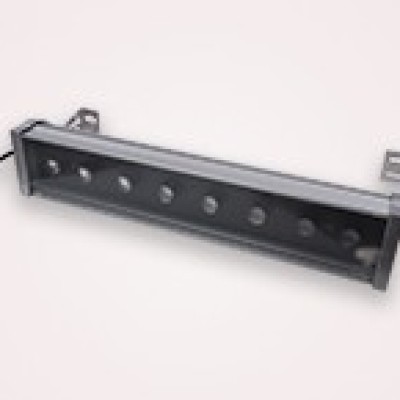When we have a new vehicle, the car can run for around 10 years, even longer. During the period, the system can develop some leaks and will need repairs. The technicians often offer different strategies to incorporate maintenance plans to prevent problems from occurring. Typical approaches for vehicle maintenance include preventive maintenance.
Planed maintenance is beneficial for the vehicle to safeguard against unexpected issues. Preventive maintenance is a proactive approach to the vehicle operation regarding the regularly scheduled inspections. The goal of preventive maintenance is to increase the vehicle efficiency, reduce untimely failures and prolong the vehicle lifespan. This can consist of tests, repairs, and even replacements of components in critical conditions.

Regular scheduled planned maintenance is an effective proactive solution to prevent hazards in the vehicle and protect the driver. One disadvantage of preventive maintenance is the upfront costs to keep the vehicle well maintained. However, considering the heavy costs the problems may cost, the maintenance cost can be reasonable and moderate.
Corrective maintenance is performed when a breakdown occurs between scheduled preventive maintenance occurrences. Not to be confused with reactive maintenance, which is performed if a breakdown occurs because a maintenance strategy has not yet been put in place.
The goal of corrective maintenance is to maximize the effectiveness of all systems, eliminate unnecessary repairs and minimize production downtime for those repairs. The key goal for corrective maintenance can be the shutdown maintenance.
Corrective maintenance is better for low operational expenses because it decreases shutting down production for unnecessary repairs or inspections. However, the disadvantage is that nothing is done until system performance issues arise. This unpredictability can then adversely cause interruption to be longer than expected or create hazardous situations for drivers.
When using preventive maintenance or corrective maintenance for the vehicles, the fluorescent leak detection can be a solution for both.

Fluorescent leak detection is a cost effective and extremely efficient for help leaking vehicle system maintenance. Technicians can safely scan near moving parts to easily detect all leak types. Moreover, Sunlonge fluorescent UV dye will safely circulate with the oil, decreasing the time it takes to locate the leak when an issue arises. Sunlonge fluorescent UV dye is the only sure way to visually spot all leaks, especially if you are having difficulty locating them. For corrective maintenance scenarios, fluorescent leak detection can also be a great solution. When used as an accompanying maintenance tool, UV dye can easily work with any of the corrective maintenance methods.
Fluorescent leak detection can help detect degradation failure in its early stages and even avoid catastrophic failure when used with planned or reactive maintenance. Protecting the vehicle and the operation to recover and stay on track. It is a quick and cost-effective solution worth investing and to have on hand for a faster diagnosis.
 CN
CN

